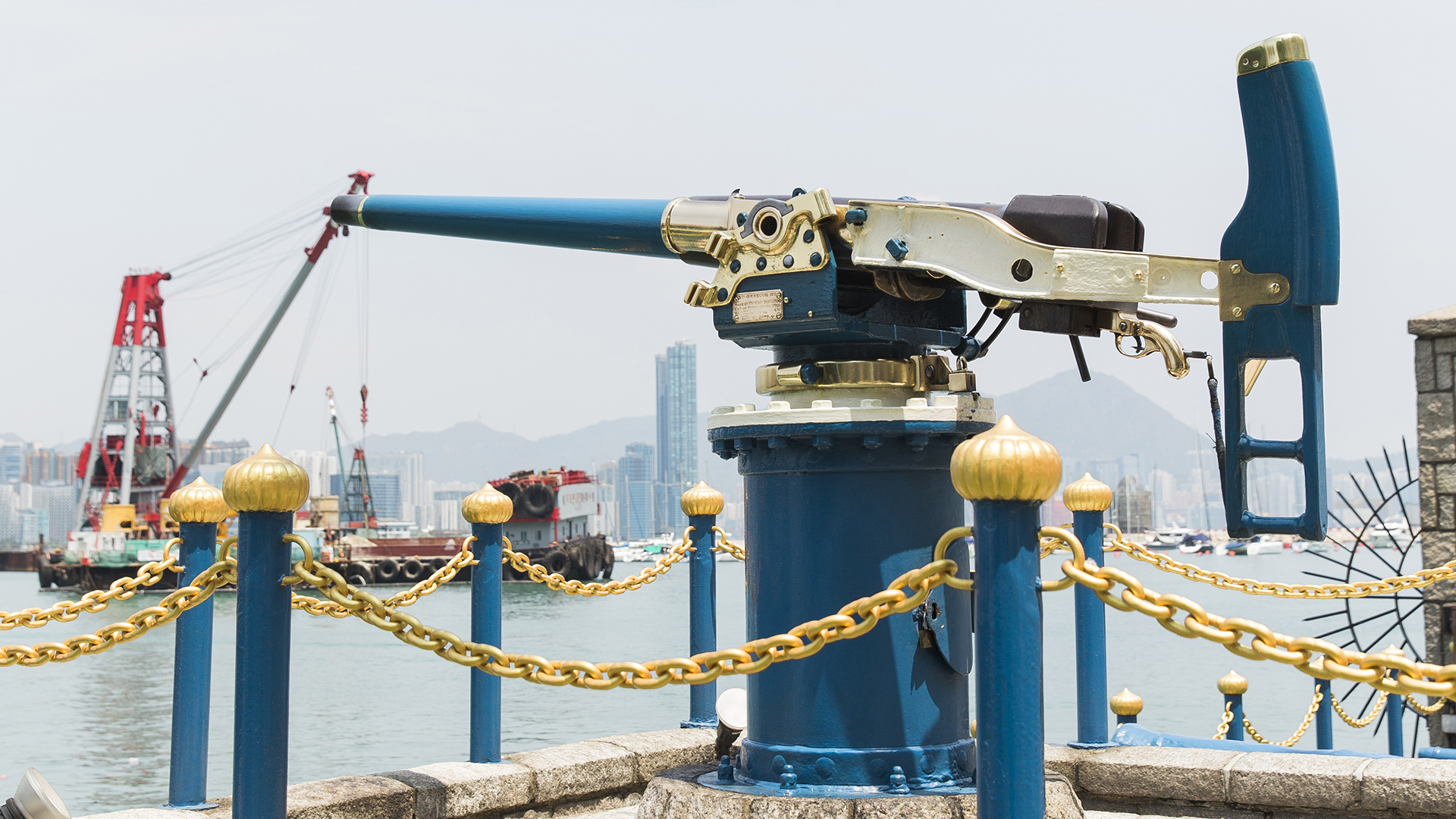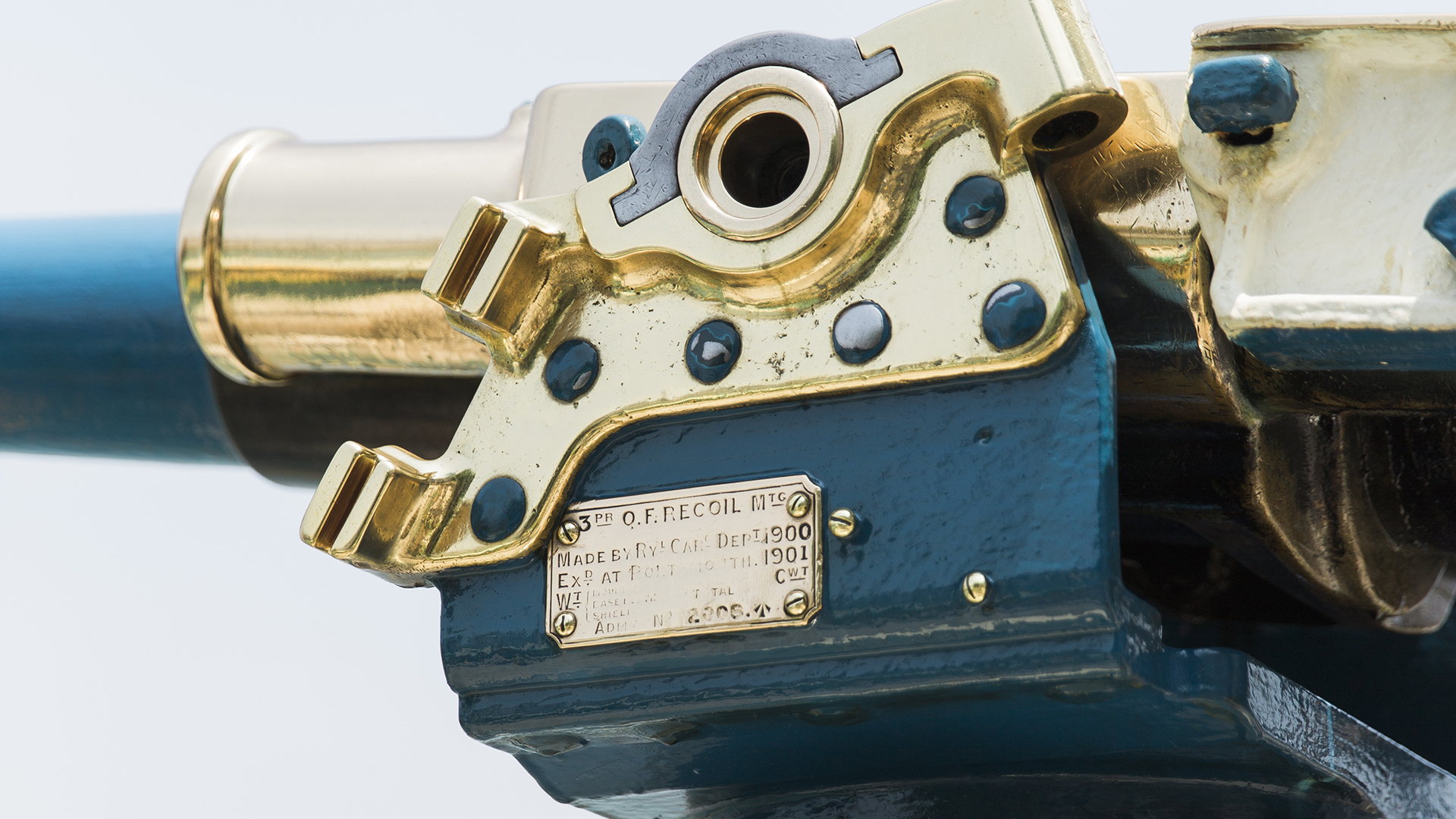Noonday Gun
A beloved tradition
A loud ‘bang’ echoes from the Causeway Bay waterfront at precisely 12pm every day. It’s the Noonday Gun, a three-pound artillery gun mounted overlooking the harbour, which has been fired at this time every day since the 1860s. This tradition dates back to colonial days when Jardine Matheson owned a number of large warehouses in the area that is now Causeway Bay. Back then, the company had a policy of firing a one-gun salute from this location every time the head of Jardine sailed into Hong Kong. The story goes that a Royal Naval Officer, who was new to Hong Kong, took offence at the practise because gun salutes were meant only for military commanders, not for civilians, no matter how important. As punishment, the Officer required that Jardine fire the gun every day at noon to help the public keep track of the time, and the tradition has continued more than 150 years to the present day.
More Stories

Causeway Bay: Then & Now
Feature
Causeway Bay embodies the many facets of Hong Kong – the fast pace, fascinating contrasts and dynamic energy. From the city’s very beginning to the present day, its diversity and vibrancy makes it a beloved neighbourhood.
-
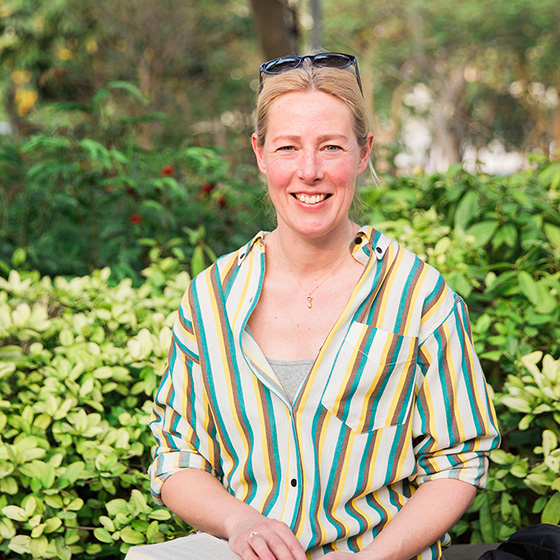
Marian
Tourist
“I’m a flight attendant from Holland and I’m here for two nights. I come to Hong Kong a few times a year for work and sometimes I go sightseeing but this time…
-
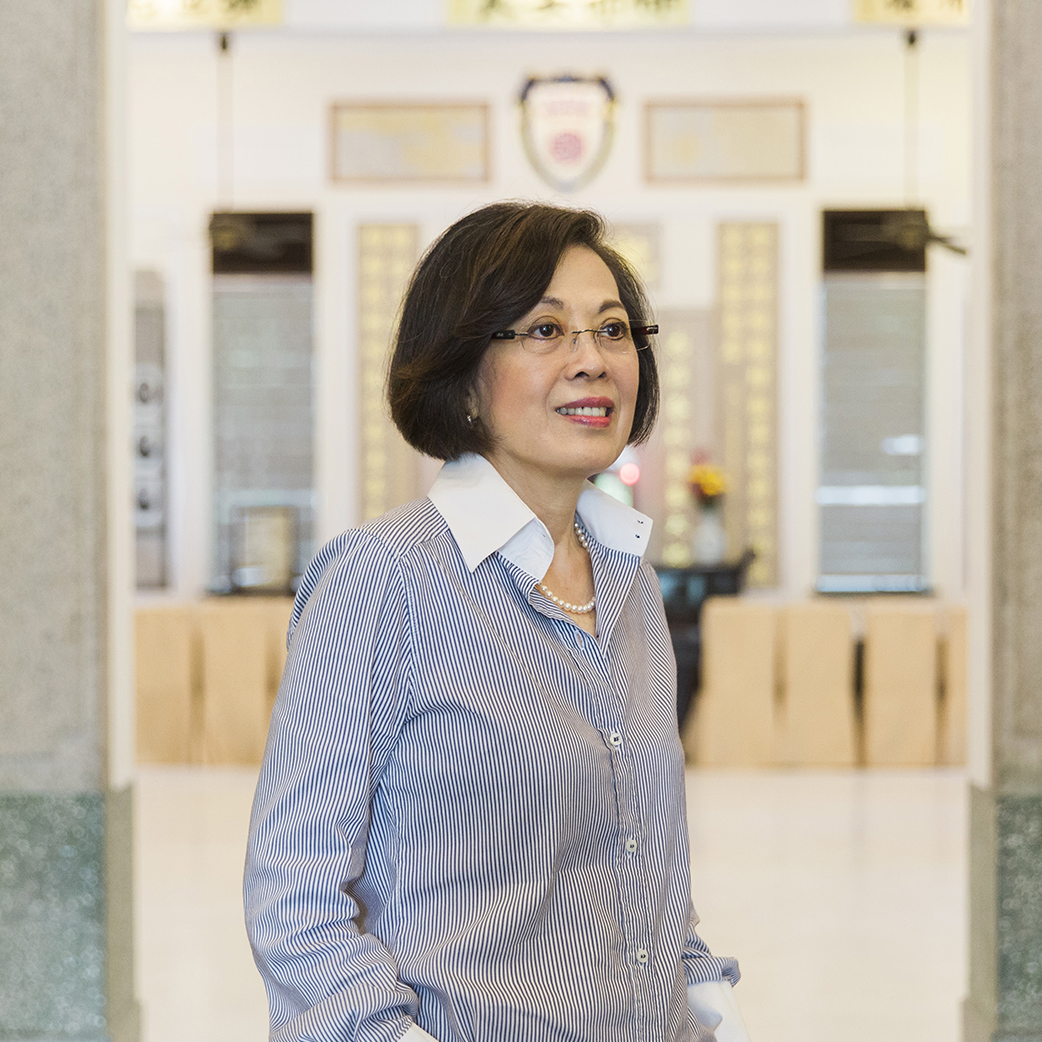
Celia Garcia
Long-term Po Leung Kuk volunteer
“Have you ever heard of ‘airplane olives’? Hawkers would scream from the ground floor, selling their snacks from the street, so we’d drop money down from our balcony and they’d throw the olives up to us…
-
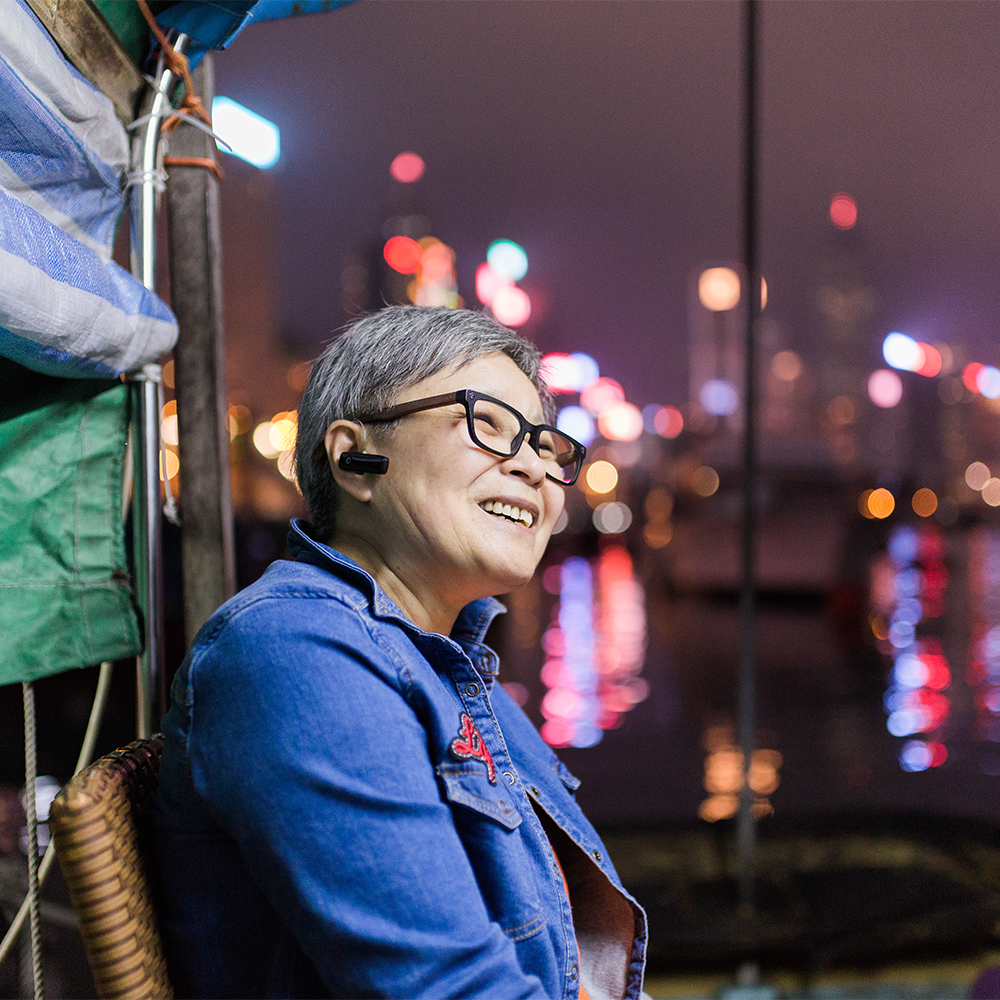
Candy Cheung
Shun Kee Typhoon Shelter Seafood Owner
“We grew up here on the water. In the 1950s and 1960s, the Causeway Bay typhoon shelter used to be filled with these floating restaurants, but by the 90s, they’d begun to disappear. Some of the few that remained eventually shut down and opened up on-land instead…
-

Charmaine Choi
Shopper in Causeway Bay
“I just finished shopping at Victoria’s Secret; I was really excited when I found out they were opening as I’d always go there with my girlfriends when I studied overseas…
-

Grandma Poon
Resident of Causeway Bay
“I was born on Lockhart Road back in 1933. I was 20 years old when I was sent to Cuba to be married and have a family. We came back in 1960 and later bought property…
-
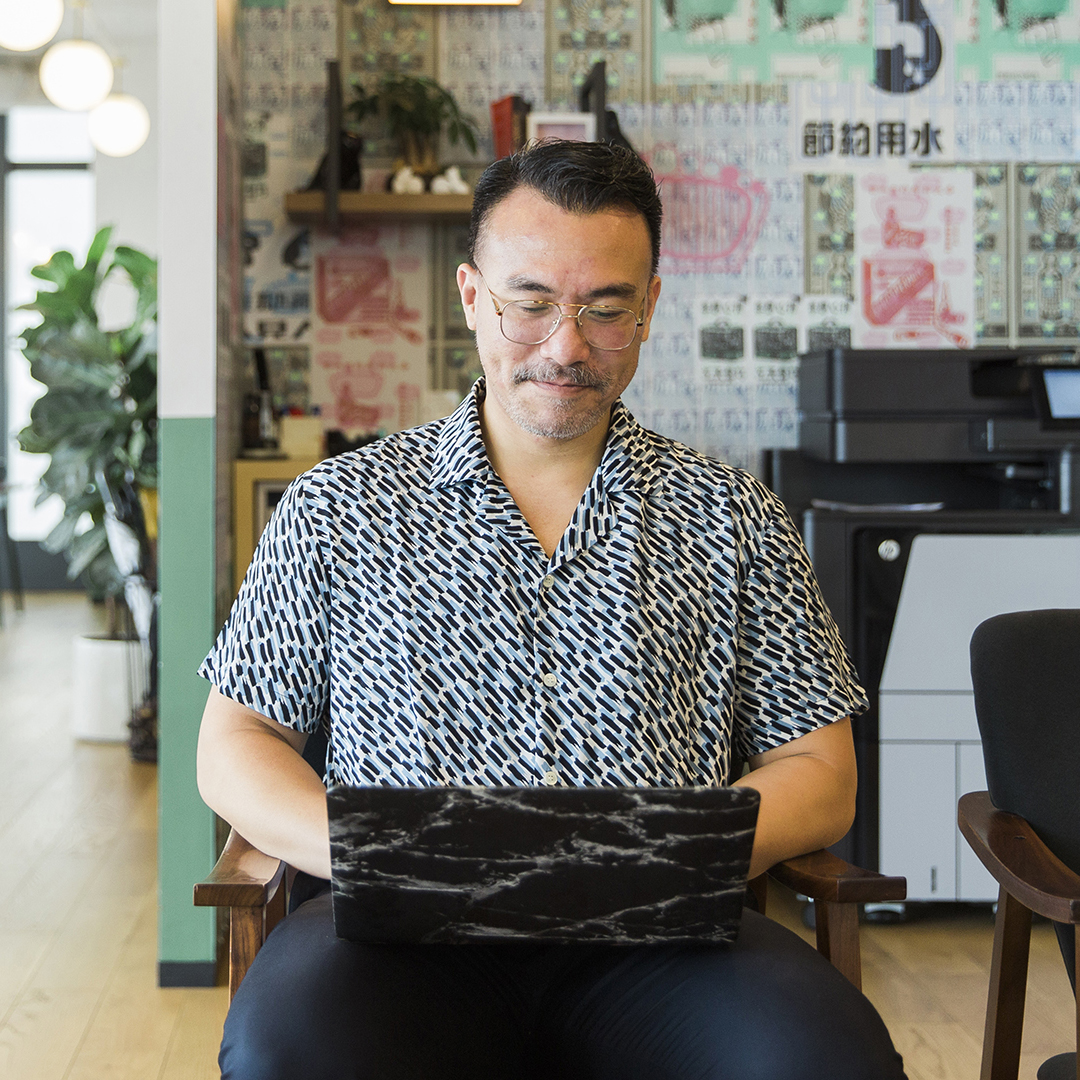
JJ Acuna
Owner of JJ Acuna / Bespoke Studio
JJ Acuna’s connection with Causeway Bay began the moment he arrived in Hong Kong from New York more than 12 years ago. “It was my first neighbourhood…
-

James Robertson
Founder of El Grande Concepts
Chances are you’ve eaten at one of El Grande Concepts’ many bars and restaurants. They include Hong Kong favourites Grappa’s and Inn Side Out. Founder James Robertson…
-

Karen See
Co-founder, {embrace} worldwide
“I worked for a global advertising agency as its Chief Communications Officer for many years and used to catch the minibus from Causeway Bay nearly every day…

Celebrating Causeway Bay
Feature
A neighbourhood in flux, Causeway Bay’s constant evolution keeps residents and visitors coming back for more. Whether it’s fashion, food, film or art, it’s a part of Hong Kong that keeps people mesmerised and inspired.

Causeway Bay: Then & Now
Feature
Causeway Bay embodies the many facets of Hong Kong – the fast pace, fascinating contrasts and dynamic energy. From the city’s very beginning to the present day, its diversity and vibrancy makes it a beloved neighbourhood.
-

Grandma Poon
Resident of Causeway Bay
“I was born on Lockhart Road back in 1933. I was 20 years old when I was sent to Cuba to be married and have a family. We came back in 1960 and later bought property…
-

JJ Acuna
Owner of JJ Acuna / Bespoke Studio
JJ Acuna’s connection with Causeway Bay began the moment he arrived in Hong Kong from New York more than 12 years ago. “It was my first neighbourhood…
-

James Robertson
Founder of El Grande Concepts
Chances are you’ve eaten at one of El Grande Concepts’ many bars and restaurants. They include Hong Kong favourites Grappa’s and Inn Side Out. Founder James Robertson…
-

Karen See
Co-founder, {embrace} worldwide
“I worked for a global advertising agency as its Chief Communications Officer for many years and used to catch the minibus from Causeway Bay nearly every day…
